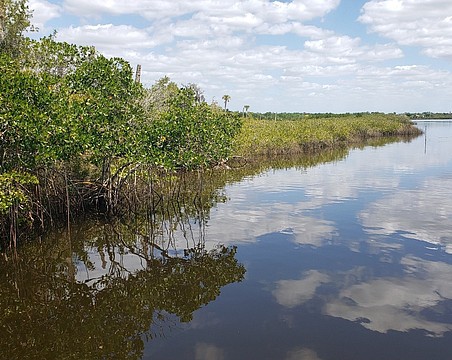Bob Ottenhoff has thought a lot about for-profit businesses the past two years considering that his three-decade executive career has been spent at high-profile national nonprofit organizations.
In his current nonprofit role, as president and CEO of the Center for Disaster Philanthropy, Ottenhoff studies how communities, including businesses, respond to disasters. His Washington, D.C.-based organization helps donors make educated disaster-related giving decisions.
Ottenhoff says 90% of disaster relief is donated within 90 days of the disaster. That ignores the full life cycle of a disaster, he says, which goes way beyond three months. Ottenhoff believes the issue is especially acute for small businesses, which don't have the resources of bigger companies. He says this makes disaster planning more important for these smaller firms.
But his leadership experience extends beyond handling disasters. Ottenhoff joined the Center for Disaster Philanthropy in 2012. For 10 years before that he was president and CEO of GuideStar, a financial database of nearly 2 million nonprofits and community foundations. Founded in 1994, GuideStar has 10 million users. Ottenhoff was also chief operating officer at PBS for eight years, where he oversaw day-to-day operations of 350 stations.
On a recent trip to Sarasota, Ottenhoff spoke with the Business Observer about his career and leadership. Edited excerpts:
GuideStar has been lauded nationwide for its efforts to bring transparency to nonprofits. Why has the organization been so successful?
For a public citizen to make a contribution to a nonprofit organization is an extraordinary act of generosity. And in return the nonprofit has an obligation to be totally transparent in what it does and to be absolutely accountable for its activities. Nonprofits have to be efficient but increasingly they need to do a better job of demonstrating how they are being effective.
How do you make high-stakes decisions?
My process is to get as much information as I can. I approach it as a reporter. I want to know what different people are saying about this issue. I want to hear different points of view, so that means involving my employees and important stakeholders. But once you get all the information, you have to make a bold decision and act in a concerted manner. Don't delay the decision or kick it down the road.
How has that process helped you become a better leader?
At GuideStar, we adopted some of the techniques of agile software development. That's where we try to get something out to the market as soon as possible. It may not be what you ultimately want to have, but it's a pretty good first step. Then ask customers 'what do you think of this?' You can engage your potential users in the design of the product or service.
One of the potential downfalls of many nonprofits is they plan, plan, plan and by the time they ultimately launch it's no longer what's really wanted. That's why in many ways nonprofits are small businesses. Most are under $1 million in revenues and the vast majority are under $10 million. They have all the issues of a small business in terms of employee issues, technology issues and delivering services.
What are some keys in dealing with a crisis in a leadership role?
It starts with having clarity about your mission. Crises often happen because there's been mission drift or the leaders no longer follow the sprit of the mission of that organization. Be open to the public, the media and your employees about the nature of the crisis. And admit when you've made a mistake.
Do you endorse the theory, popular on nonprofit boards, to run it like a business?
It always makes me shudder when I hear an elected official in particular say we are going to run this just like a business. Because it's not a business. Yes, it should be run in a business-like fashion in the sense that it should be efficient with your dollars and effective in the way you provide your services. You should be able to balance your checkbook.
But the reason we have a nonprofit sector or even a government is because it provides certain functions that aren't by nature designed to generate profit. If they were, you would run it like a business.
Follow Mark Gordon on Twitter @markigordon






